What a difference in photography -- Post yours
 TopoftheHill
Posts: 200 ✭✭✭
TopoftheHill
Posts: 200 ✭✭✭
I was looking through the upcoming Legend auction and saw this coin. The first photo said "wow" to me, and the second said "meh". Post your coin(s) that looked much better in one photo and rather worse in another.
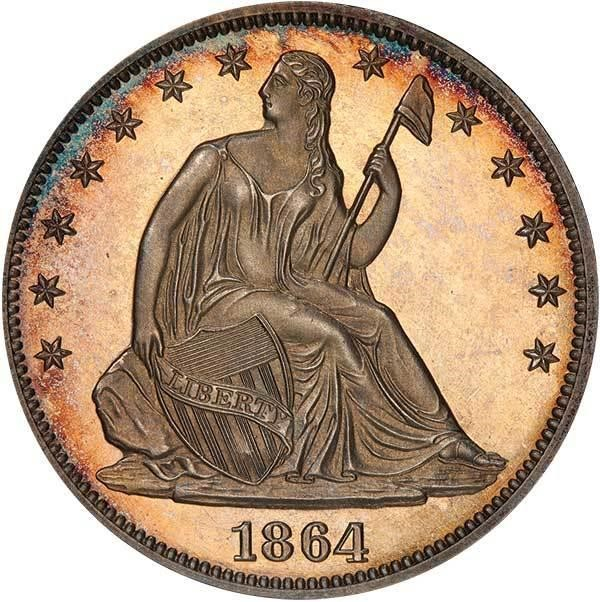
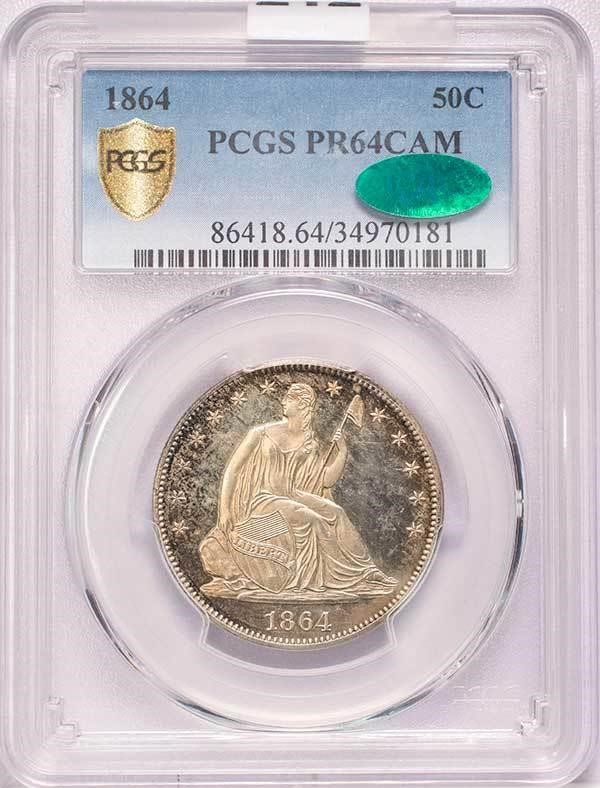
2
Comments
Those orange-ish photos are a turn off to me.
Doesn't even look like the same coin as the peripheral diagonal streaky toning in the slab shot seems to be mostly missing.
Can someone explain how the 1st picture was able to capture the glowing of the coin? Was there special lights or maybe a colored background.
I do have some pictures that when I bought them they look much different when in my hand. But then I think that is the splendor of photography. TYIA.
Photoshop.
EBay seller listed this Merc using lame Heritage auction pic:
I told him he may want to use the TrueView instead:
And then he did.
It’s definitelty the same coin. Look at the toning areas above the cap and above Lib’s head.
From the HA auction in 2009.
- Bob -

MPL's - Lincolns of Color
Central Valley Roosevelts
GC does this quite a bit... Where the coin and the GC photo look substantially different. Perhaps capturing the "real color" of dark toning is why there is such a difference? I like the true views better and the actual second image of the seated liberty I like better
[Ebay Store - Come Visit]
Roosevelt Registry
transactions with cucamongacoin, FHC, mtinis, bigjpst, Rob41281, toyz4geo, erwindoc, add your name here!!!
1st picture is from the seller, his picture glows.
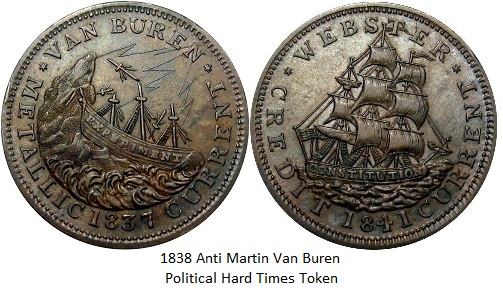
Must be the lighting and background.
My attempt to take a picture of the same coin
Had to rotate right first, dont ask my why
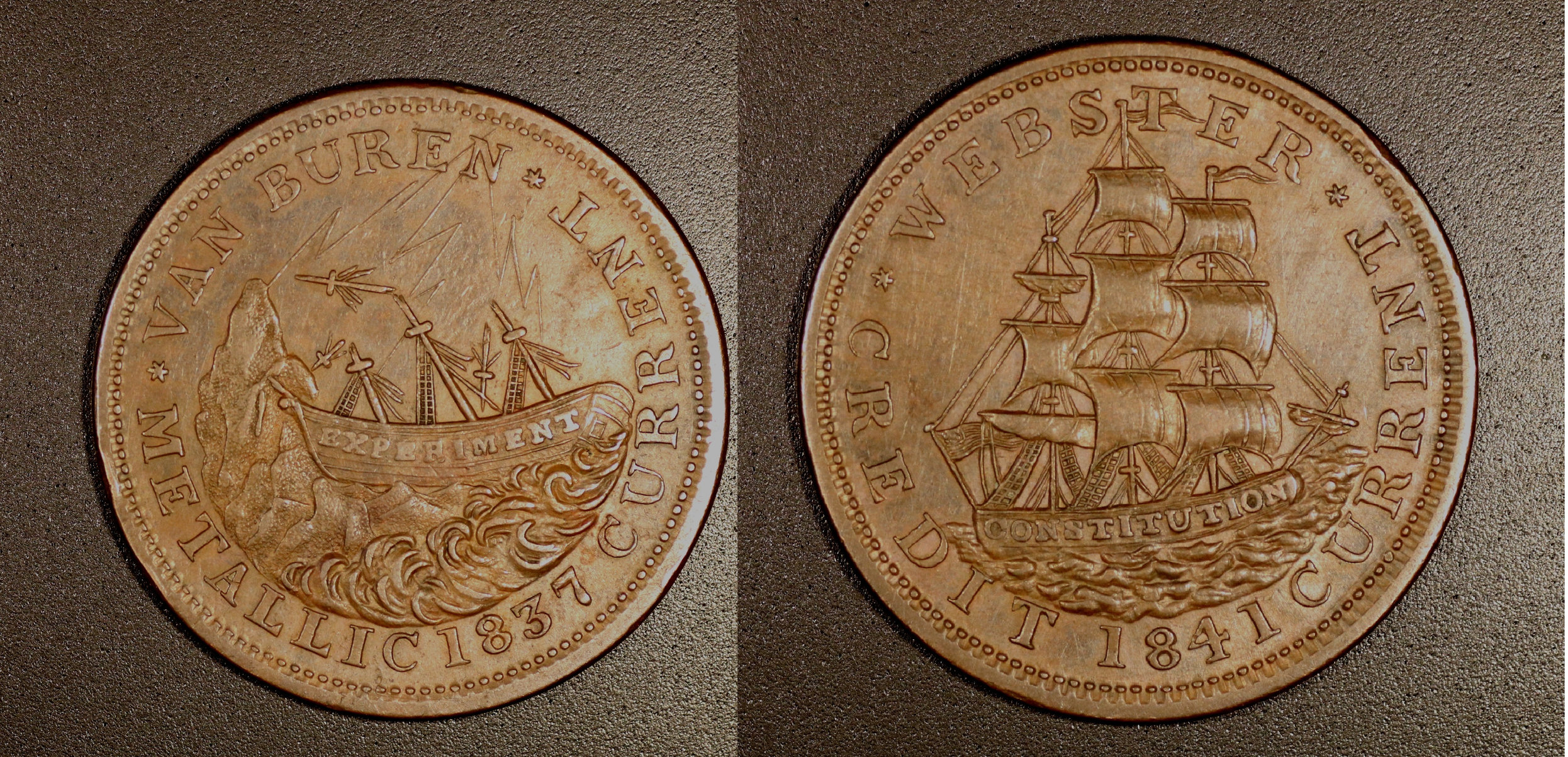
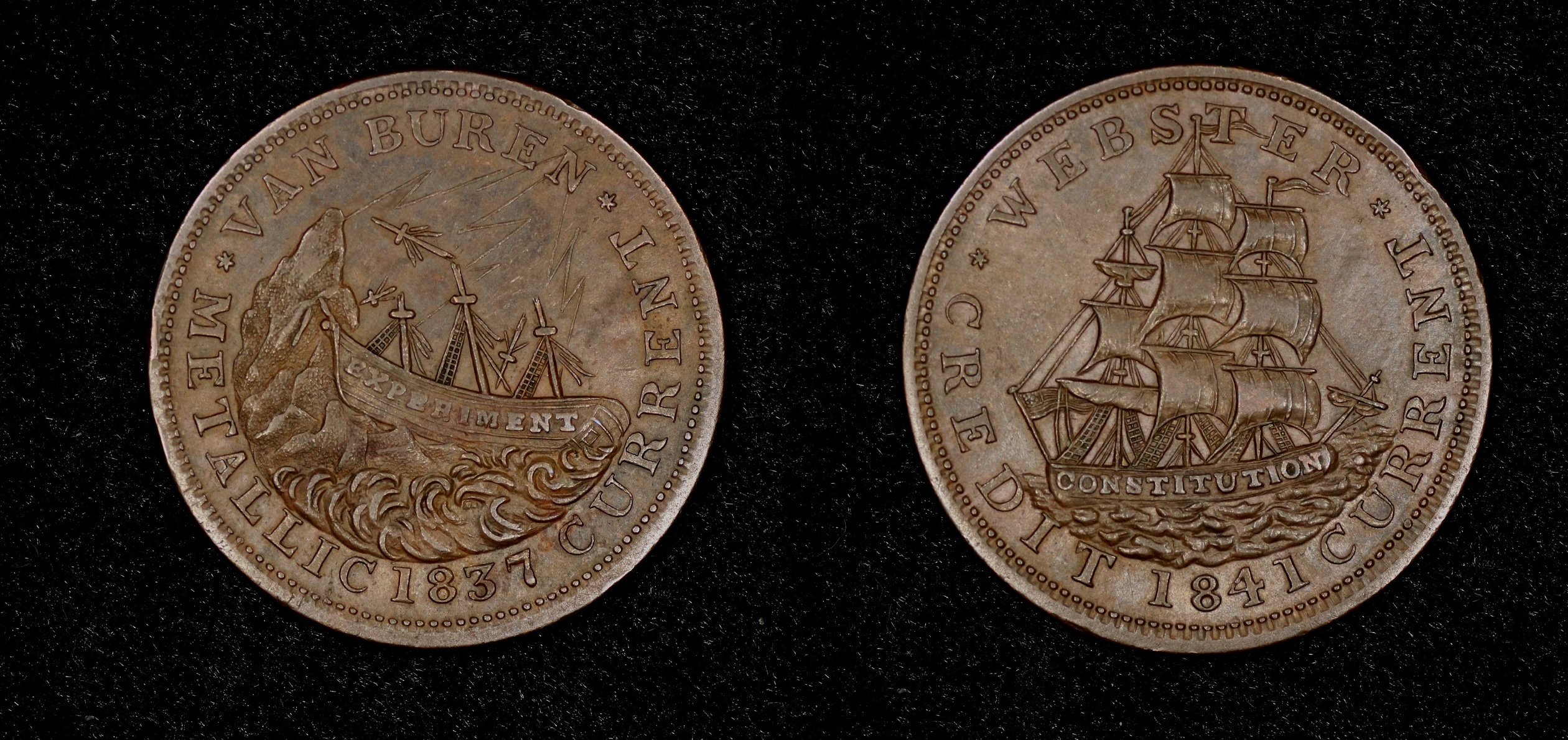
1 more shot raw
My photography skills suck out loud.
I like Mushroom Error Coins ....
Big difference! Obverse HA photo no color and little detail vs the really nice true view.
Reverse HA looks like carbon spots; none evident in the true view.
That’s why true view is done out of the plastic light traveling through plastic will bend and change I don’t like seeing a nice auction house photo then getting the coin and it’s like what happened to that nice looking coin? 🤔
https://www.pcgs.com/setregistry/quarters/washington-quarters-major-sets/washington-quarters-date-set-circulation-strikes-1932-present/publishedset/209923
https://www.pcgs.com/setregistry/quarters/washington-quarters-major-sets/washington-quarters-date-set-circulation-strikes-1932-present/album/209923
While taking photos out of slabs is easier, some photographers do wonders with coins in slabs. When comparing against Heritage, I think it’s more about comparing a low cost photo be and expensive one vs in and out of slab.
The difference in the images in the above examples is NOT because of editing in Photoshop or other manipulation of the images. It's also not about light going through crystal clear plastic.
It's just a difference in lighting. If the light is reflecting right off the surface of the coin back to the lens, it'll look different than if it's tilted away just a bit.
For example, take any mirrored proof coin you have and look at it with the light shining right back to your eyes. The fields will look white. If you tilt it away, the fields look black. Same effect happens with toned coins, where you can see a totally different look and it's all about lighting.
Michael Kittle Rare Coins --- 1908-S Indian Head Cent Grading Set --- No. 1 1909 Mint Set --- Kittlecoins on Facebook --- Long Beach Table 448
To illustrate the effect of lighting, here's a quick video I did awhile back of a Proof Seated Half. You'll see the golden background look when tilted into the light, then the silver color when tilted away... same coin, no photoshop or other editing involved.
Michael Kittle Rare Coins --- 1908-S Indian Head Cent Grading Set --- No. 1 1909 Mint Set --- Kittlecoins on Facebook --- Long Beach Table 448
I feel very strongly that a coin photo should convey how it looks in hand. As a collector I appreciate that. If you take a picture of a coin, compare it to the coin in hand. If they don't look at least very similiar, take another one.
Images that make a coin appear unrealistically "glamorous" are not necessary and, if used as a selling point, a bit nefarious in my opinion.
Edit to add: if a coin looks different under different angles and lighting, like in the case of a cameo or some types of toning,etc., a seller can provide multiple pictures for comparison purposes- but please do not make any of the images "fake".
What if both pictures accurately represent what the coin looks like in hand... I think they do. Coins are 3D reflective objects... a single 2D photo can't show it all.
Michael Kittle Rare Coins --- 1908-S Indian Head Cent Grading Set --- No. 1 1909 Mint Set --- Kittlecoins on Facebook --- Long Beach Table 448
I just edited my> @illini420 said:
I just edited my comment to address that- good point.
@illini420 if the image reflects what I can see with my eyes it is fine, but I feel like some of the TruViews or auction pics show a coin that no amount of lighting or angling will ever re-create unless it is in a "studio".
I have a couple of TVs that are not accurate depictions of the coins. As such, I will not use them in my registry.
"She comes out of the sun in a silk dress,
running like a water color in the rain...."
Legend uses true view images for most of its listings (when available). If you pull the certification number in the PCGS verification tool, Legend used PCGS's True View photos for the close-ups.
True Views are all over the place. I have seen some that are spot on and some that make a coin look worse. I have also seen some that are glamour shots like the photo in the initial post. I don't care for the juiced looking ones either.
I like good accurate photos, but a good quick video of the coin, twirling around the obverse and reverse does do wonders in optimal lighting. I've done that on my Instagram page off and on - it does take a little practice to get it right.
10-4,
My Instagram picturesErik
My registry sets
This coin was listed with the sellers pics. Seeing the gold shield I figured it had a trueview.
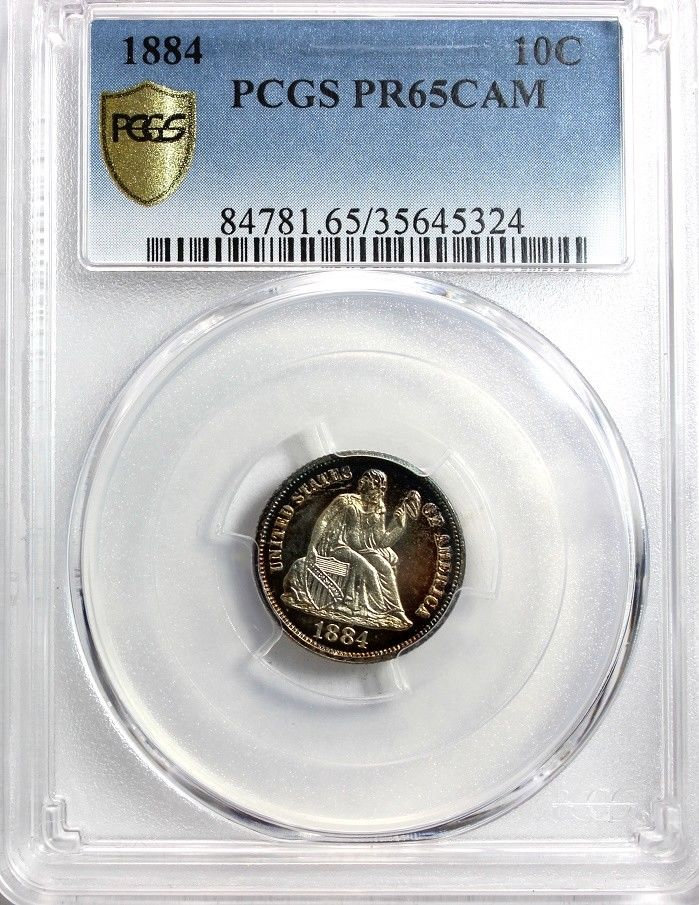
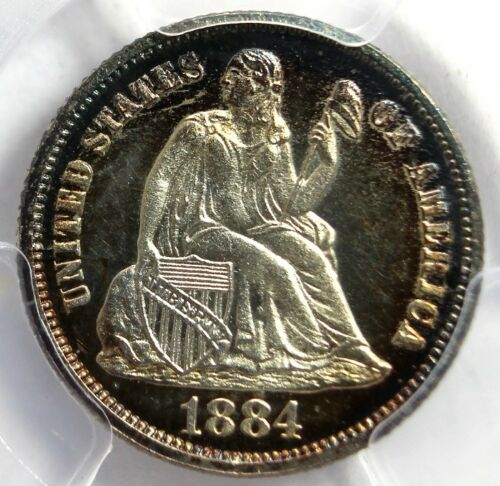
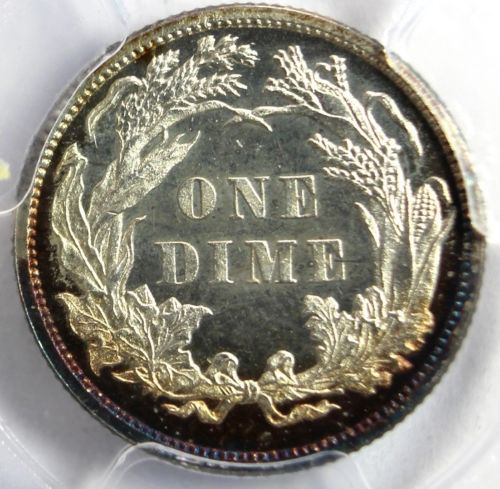
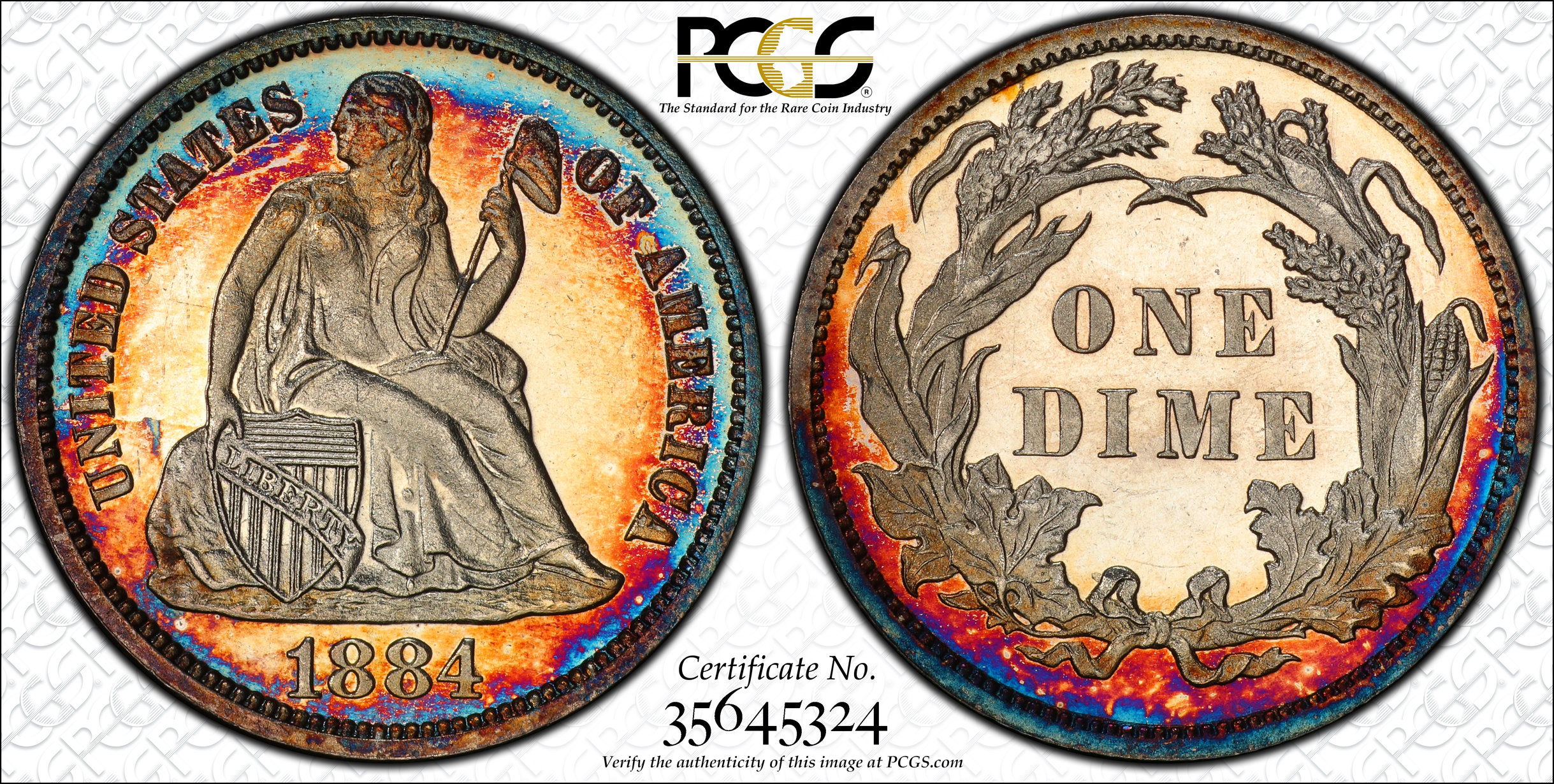
http://www.ebay.com/sch/rs8199/m.html?_nkw=&_armrs=1&_ipg=&_from=
Had a similar recent purchase on eBay where the seller's pics did not include a TrueView, and before bidding I went and checked to see if there was one...
Like all photography, taking photos of coins is an art. Presumably the goal is to convey the actual appearance of the coin in-hand, but a given photo is just a single angle at a single moment in time. It is very easy to enhance certain features or hide flaws. It's also easy to fail to capture luster or detail.
Interpreting photos is also an art. Subconsciously we do a pretty good job when a dealer's photography is consistent. For an example, Great Collections usually does every slab shot the same way, which doesn't always show a given coin in the most favorable light, but you have a pretty good idea about what you'll be getting.
Juicing a photo, or increasing the color saturation is an old trick:



Sometimes TrueViews just don't show it the way I do but usually I can tell what the coin is going to look like in-hand:
Tom Bush is an excellent photographer. He sold me a 1917 SLQ and his photos of it are fantastic:


My photos of it demonstrate the difference white balance and lighting can make. His emphasize more green and mine more red. In-hand, I'd say the actual color of the coin is in between.
The TrueView is different still:

Here is my Washington Quarter Variety Registry Set
This is my Washington Quarter Proof Variety Registry Set